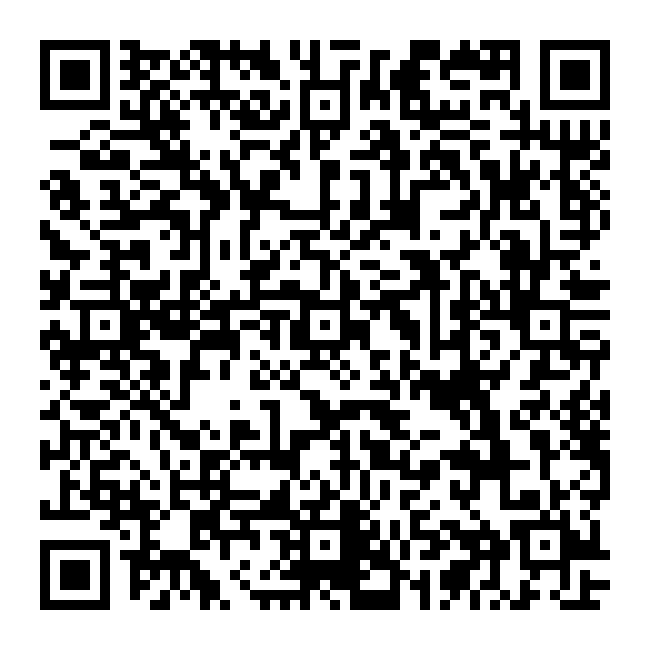
Off-grid, resilient mesh communication with strong encryption, forward secrecy and extreme privacy.

Nomad Network Allows you to build private and resilient communications platforms that are in complete control and ownership of the people that use them. No signups, no agreements, no handover of any data, no permissions and gatekeepers.
Nomad Network is build on LXMF and Reticulum, which together provides the cryptographic mesh functionality and peer-to-peer message routing that Nomad Network relies on. This foundation also makes it possible to use the program over a very wide variety of communication mediums, from packet radio to fiber optics.
Nomad Network does not need any connections to the public internet to work. In fact, it doesn't even need an IP or Ethernet network. You can use it entirely over packet radio, LoRa or even serial lines. But if you wish, you can bridge islanded networks over the Internet or private ethernet networks, or you can build networks running completely over the Internet. The choice is yours.
If you'd rather want to use an LXMF client with a graphical user interface, you may want to take a look at Sideband, which is available for Linux, Android and macOS.
The source code for Nomad Network can be found on the GitHub repository.
The current version of the program should be considered a beta release. The program works well, but there will most probably be bugs and possibly sub-optimal performance in some scenarios. On the other hand, this is the ideal time to have an influence on the direction of the development of Nomad Network. To do so, join the discussion, report bugs and request features here on the GitHub project.
The easiest way to install Nomad Network is via pip:
# Install Nomad Network and dependencies
pip3 install nomadnet
# Run the client
nomadnet
# Or alternatively run as a daemon, with no user interface
nomadnet --daemon
# List options
nomadnet --help
Please Note: If this is the very first time you use pip to install a program on your system, you might need to reboot your system for the program to become available. If you get a "command not found" error or similar when running the program, reboot your system and try again.
The first time the program is running, you will be presented with the Guide section, which contains all the information you need to start using Nomad Network.
To use Nomad Network on packet radio or LoRa, you will need to configure your Reticulum installation to use any relevant packet radio TNCs or LoRa devices on your system. See the Reticulum documentation for info. For a general introduction on how to set up such a system, take a look at this post.
If you want to try Nomad Network without building your own physical network, you can connect to the Unsigned.io RNS Testnet over the Internet, where there is already some Nomad Network and LXMF activity. If you connect to the testnet, you can leave nomadnet running for a while and wait for it to receive announces from other nodes on the network that host pages or services, or you can try connecting directly to some nodes listed here:
abb3ebcd03cb2388a838e70c001291f9 Dublin Hub Testnet Nodef8ac9c41b857ddf13a9151cec211079b BetweenTheBorders Nodedf6d8c549318ef3aaebbb34e2935c25b Acehoss NodeTo browse pages on a node that is not currently known, open the URL dialog in the Network section of the program by pressing Ctrl+U, paste or enter the address and select Go or press enter. Nomadnet will attempt to discover and connect to the requested node.
You can install Nomad Network on Android using Termux, but there's a few more commands involved than the above one-liner. The process is documented in the Android Installation section of the Reticulum Manual. Once the Reticulum has been installed according to the linked documentation, Nomad Network can be installed as usual with pip.
For a native Android application with a graphical user interface, have a look at Sideband.
Nomad Network is automatically published as a docker image on Github Packages. Image tags are one of either master (for the very latest commit) or the version number (eg 0.2.0) for a specific release.
$ docker pull ghcr.io/markqvist/nomadnet:master
# Run nomadnet interactively in a container
$ docker run -it ghcr.io/markqvist/nomadnet:master --textui
# Run nomadnet as a daemon, using config stored on the host machine in specified
# directories, and connect the containers network to the host network (which will
# allow the default AutoInterface to automatically peer with other discovered
# Reticulum instances).
$ docker run -d \
-v /local/path/nomadnetconfigdir/:/root/.nomadnetwork/ \
-v /local/path/reticulumconfigdir/:/root/.reticulum/ \
--network host
ghcr.io/markqvist/nomadnet:master
# You can also keep the network of the container isolated from the host, but you
# will need to manually configure one or more Reticulum interfaces to reach other
# nodes in a network, by editing the Reticulum configuration file.
$ docker run -d \
-v /local/path/nomadnetconfigdir/:/root/.nomadnetwork/ \
-v /local/path/reticulumconfigdir/:/root/.reticulum/ \
ghcr.io/markqvist/nomadnet:master
# Send daemon log output to console instead of file
$ docker run -i ghcr.io/markqvist/nomadnet:master --daemon --console
For help requests, discussion, sharing ideas or anything else related to Nomad Network, please have a look at the Nomad Network discussions pages.
You can help support the continued development of open, free and private communications systems by donating via one of the following channels:
84FpY1QbxHcgdseePYNmhTHcrgMX4nFfBYtz2GKYToqHVVhJp8Eaw1Z1EedRnKD19b3B8NiLCGVxzKV17UMmmeEsCrPyA5w
0xFDabC71AC4c0C78C95aDDDe3B4FA19d6273c5E73
35G9uWVzrpJJibzUwpNUQGQNFzLirhrYAH
https://ko-fi.com/markqvistNomad Network is beta software, and should be considered as such. While it has been built with cryptography best-practices very foremost in mind, it has not been externally security audited, and there could very well be privacy-breaking bugs. If you want to help out, or help sponsor an audit, please do get in touch.







